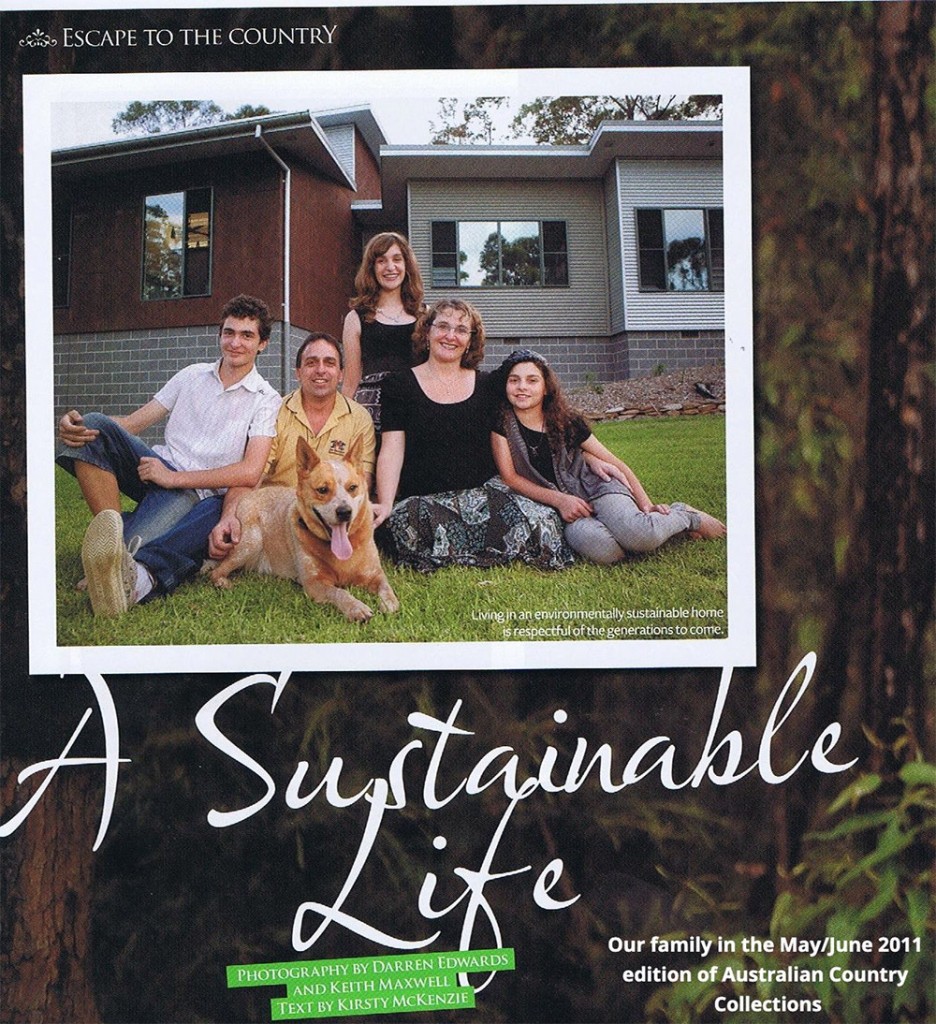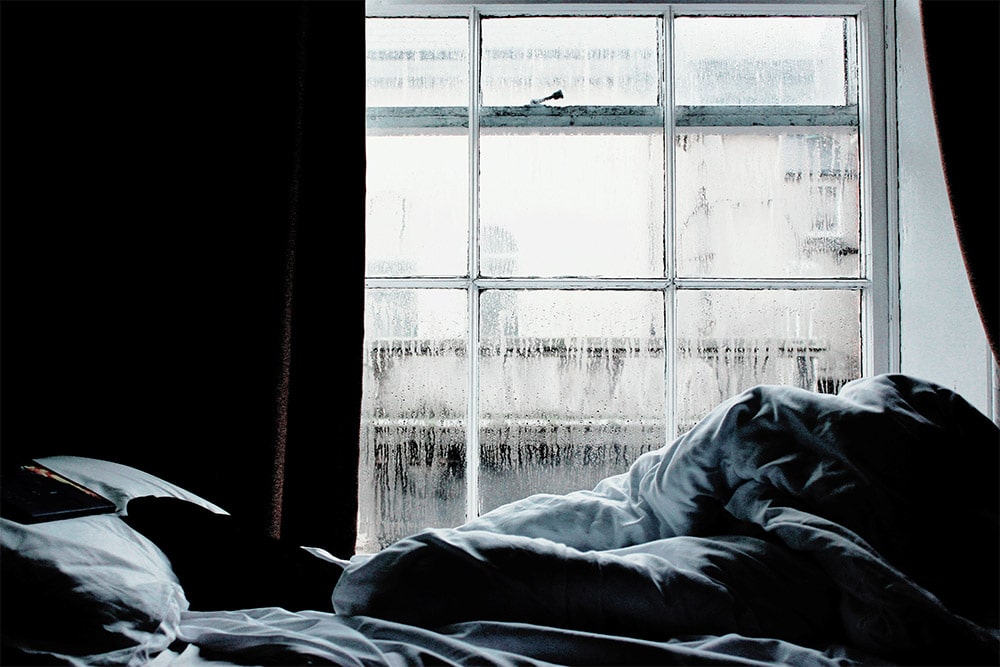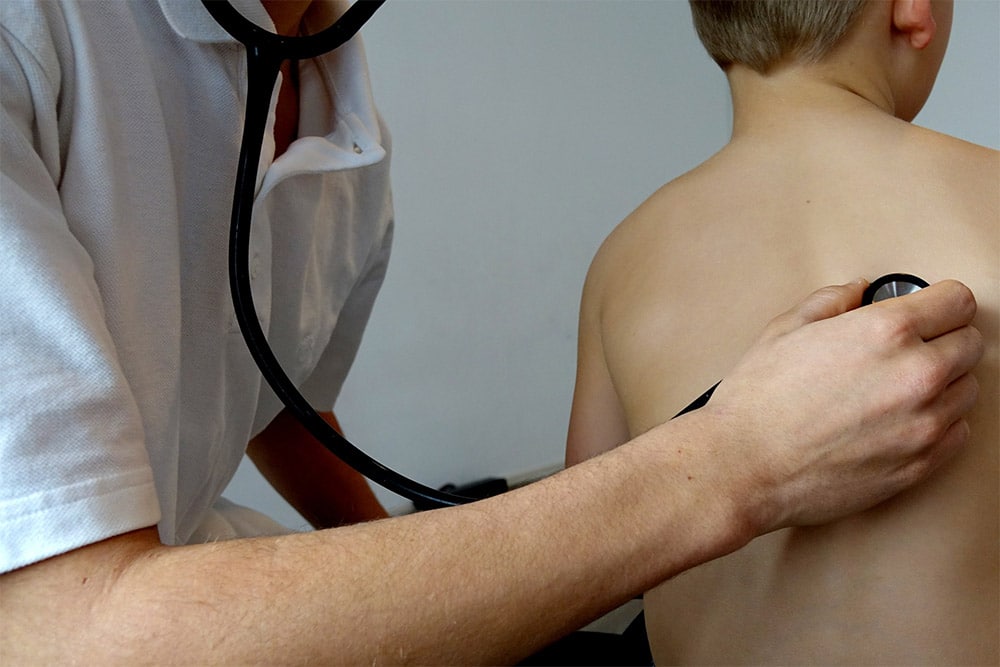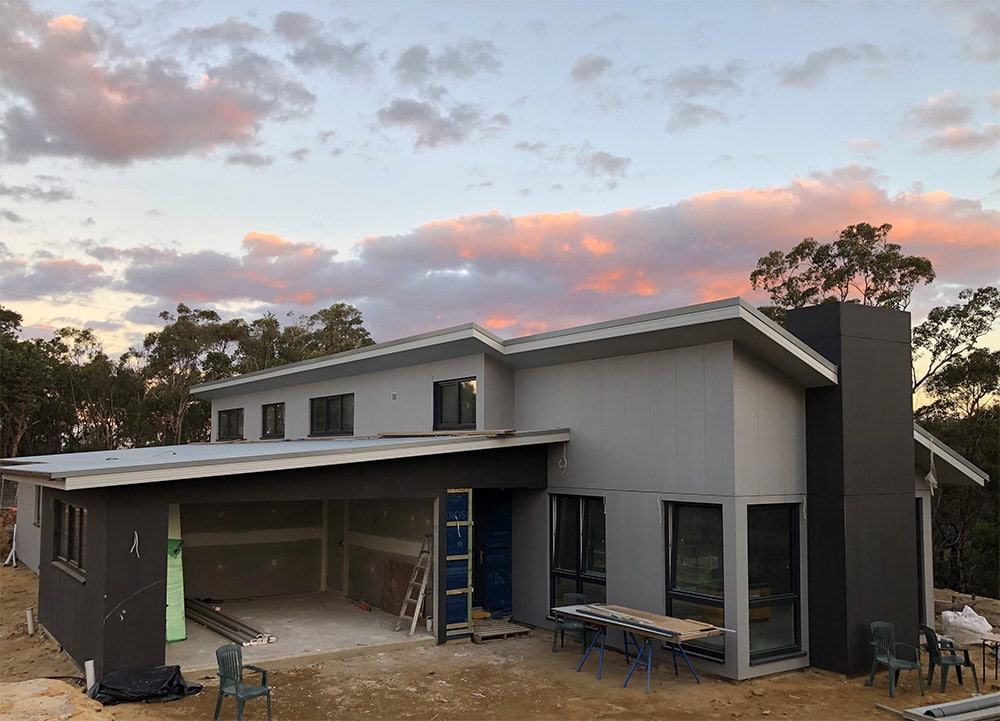Recently I (Merylese) delivered a speech on ‘Healthy Homes’ at the Women’s Economic Forum in Perth. It was such a privilege to share with these women about Blue Eco Homes’ approach to building healthy, comfortable and low-toxin homes. I’d love to share this speech with you too. Please see a slightly edited version below.
WOMEN ECONOMIC FORUM
PERTH 5-7 JULY 2019
SUSTAINABLE CITIES & COMMUNITIES, RESPONSIBLE CONSUMPTION & PRODUCTION PROTECTING THE PLANET
HEALTHY HOMES
Have you ever thought about how your home is built?
What is it made of?
How is it put together?
Do you expect your home to be more than a roof over your head?
Have you ever thought there might be a better or healthier way to build your home?
My question to myself is how can a small family-run construction company contribute to a sustainable community?
My husband Joe and I have been building environmentally friendly and sustainable homes for over 15 years.
In fact, when we were building our first eco home we had architects and others in the industry tell us we were crazy!
But we persevered to become leaders in environmental building. We are a national GreenSmart Professional and are certified to International ISO standards for our environmental and quality management systems.

Is your home making you sick?
My previous background as a nurse meant I had seen constant respiratory issues and my interest in this area led me to become a Clinical Nurse Consultant in respiratory. Little did I know that this interest would come full circle in my current role as the owner of an eco-building company and my research in regard to healthy homes.
Our research and experience in building has led us to believe that the way we build houses in Australia could be contributing to how we feel, even to the point of making us sick.
The creation of highly energy efficient and fire-resistant homes over recent years may have had the unintended consequence of increasing the risk of dampness and mould build up.
Inadvertently, the Building Code of Australia – the standard to which all homes must be built – could actually be causing increased moisture and condensation within our homes.
If we take into account the way we live in and use our homes, the amount of moisture could be higher again:
- exhaust fans/ventilation in bathrooms and showers
- clothes dryers and clothes airers
- breathing, washing and cooking all cause moisture to build up.
The World Health Organisation estimates the prevalence of indoor dampness may affect up to 50% of indoor environments in Australia, with local experts estimating 1/3 of all new buildings in Australia may be affected by condensation.
The Australian Building Codes Board has a guide for condensation in buildings but it is currently not mandatory.
At the other end of the scale we have old, leaky, uninsulated homes that become cold, damp and mouldy – and often these are the homes rented by low income individuals and families.
One of the most prevalent medical conditions in Australia is chronic respiratory illness which affects around ¼ of the Australian population. The most common of these are asthma, hay fever and sinusitis with a total of 8.9 million Australians affected.

What’s the connection between mould and respiratory symptoms?
Multiple research studies have taken place since the mid 1970’s which have shown a connection between exposure to mould spores and an exacerbation of respiratory symptoms. Various types of mould can trigger symptoms and the seriousness of the health impact depends on the type of mould that is present.
Symptoms of mould exposure are not just limited to respiratory and can vary from person to person.
Some of the symptoms range from:
- Fatigue
- Brain fog
- Memory loss
- Mood changes
- Sleep disturbance
- Joint pain, abdominal pain and diarrhea
- Respiratory symptoms include: asthma, hayfever & sinus (as already mentioned) but also include running or blocked nose, eye and skin irritation, wheezing.

Exposure to mould related biotoxins can also cause chronic physical and cognitive symptoms in some people. This is known as CIRS – Chronic Inflammatory Response Syndrome.
An Australian Parliamentary inquiry was held in September 2018 to look at the possible health and social impacts of exposure to mould. Four recommendations came from this inquiry, all of which recommended further research and education.
In May 2019, changes were made to the Building Code of Australia which included a focus on reducing energy consumption by 35% and “new condensation management provisions.” These changes included:
- Installation of breathable membrane to external walls to minimise moisture.
- Kitchen and bathroom exhaust fans to be discharged externally or to a ventilated roof space.
These are only a first step and further measures will be considered for NCC 2025.
The most common advice given to reduce condensation and mould is to open windows to improve ventilation. This method is highly unreliable for the following reasons.
- Opening windows affects occupant comfort.
- Heat or cool air escapes.
- Noise
- Reduces security.
The biggest issue with this is that to achieve adequate ventilation every window in the house would need to be opened for 15 minutes every hour, day and night!
Real-life story of the impact of mould exposure on health
Let me tell you about a lady we met a little while ago. This lady had multiple health issues, including quite severe reactions to mould exposure. She had moved from house to house and even needed to leave her job due to the effects of mould at her office.
Her reactions were frequent and sudden, to the point where a 30-minute exposure even in a newly built, low toxin home we had recently completed caused a reaction visible to others around her.
She and her husband felt that building their own custom home was their only option. They asked us for advice and to build their environmentally friendly, healthy, forever-home.
This involved an initial redesign of the house to reduce electromagnetic fields and throughout the build every single material – timber, metal, glues and even cabling to be used in the house had to be assessed by a building biologist and a doctor for suitability for use in the home.
The process for putting it all together also needed review in order to meet building standards while still removing the risk of toxin exposure and mould developing in the home within the future.
The client has been living in the home for over 9 months now and has had no adverse reactions while at home – a great outcome!
This experience has led us to look at different design and building techniques available around the world. Europe and New Zealand have had similar condensation & mould issues in the past. Currently this is costing New Zealand billions of dollars to rectify.
The good news is a focus on better ventilation and insulation in the home will reduce the amount of moisture. This can be achieved by using different building techniques such as Certified Passive House, also known as PassivHaus
This is a voluntary standard from Europe which offers a new level of sustainability with an increase in comfort, lower energy bills, improved air quality and overall healthier living.
Joe calls it sustainability on steroids!

We have built a soon-to-be Certified Passive House display home in the Blue Mountains which we will officially launch at the end of August.
Not only will it be a Certified Passive House, it will also meet stringent bushfire regulations of BALFZ which is the highest level in NSW.
The combination of these two standards – Passive Haus and BALFZ is a first, we believe for Australia and possibly worldwide.
We anticipate the home will also be certified by a building biologist for its indoor air quality and its use as much as possible of low toxin products and materials.
It will include a mechanical ventilation system which provides fresh filtered air 24/7. It will also include smart home technology to monitor air quality and temperature, manage window shutters for shade and will maintain a constant year-round temperature of 20°C.
To run all power, hot water and systems in this 4-bedroom home will only cost $3.60 a day (or 12 kilowatts) – less than a cup of coffee. This is before the addition of solar panels. Once these are installed the home becomes carbon zero.
Leading the way in sustainability and healthy living
Blue Eco Homes played a significant local role in developing and promoting sustainability 10-15 years ago when it was unknown. Now we are ready to lead the way with the next level of sustainability and healthy living.
We will continue to work alongside and educate the building industry and suppliers on the benefits of building higher energy rated homes for healthier sustainable living.
We are working to change the way homes in Australia are designed and built, the materials they are built from and most importantly the expectations of the community as a whole, to enable transition to healthier and more sustainable homes and communities.
